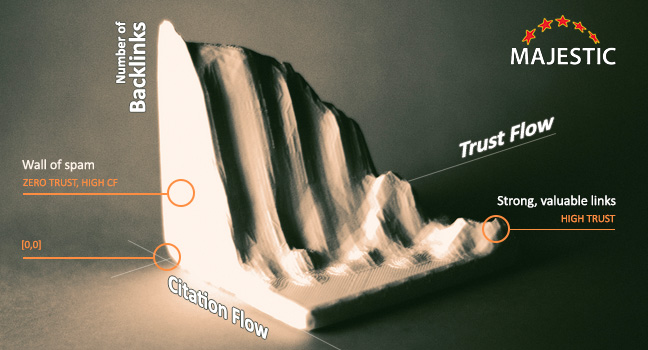
We use the Internet so much, we miss the mathematical beauty within. Every website has it’s own unique link profile. It’s own DNA. We decided to capture that DNA and bring it into the real world. This is what Google looks like in 3D.
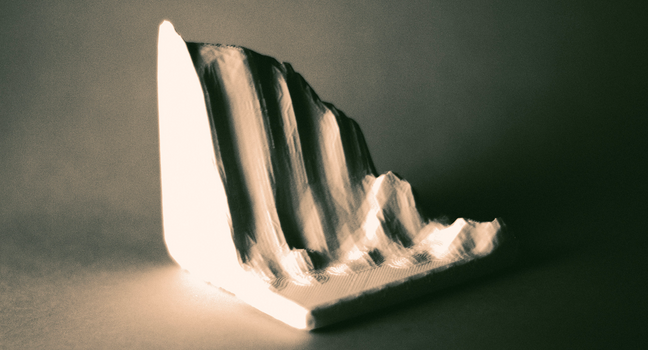
As a website generates links, it generates form. A life of its own. Every link profile is made up of thousands – or in Google’s case billions of links. Each link has its own Trust Flow and Citation Flow. These are all plotted on a 101 X 101 grid, and every time we see two links of the same value, the hill starts to form. Many links are worthless… these represent the top of the landscape. Others are strong, which are seen in the foothills.
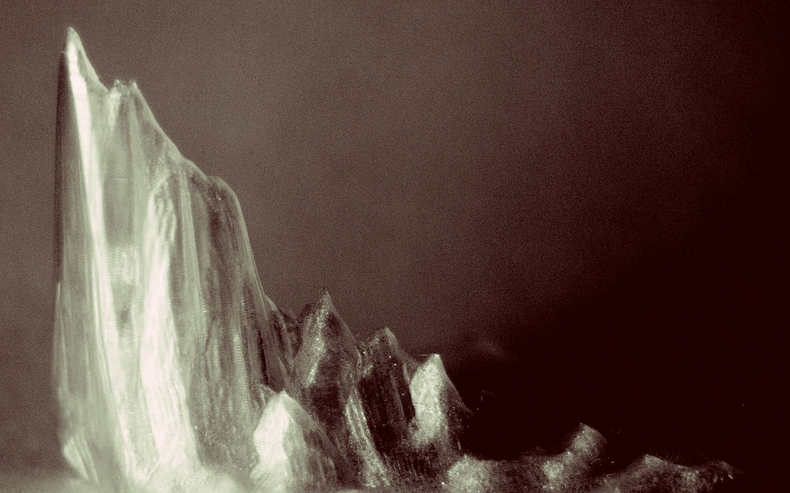
Building the 3D models
To create these models, we first had to create a program that would take the 2D representations of link profiles and turn them into a 3D file that was suitable for a 3D printer. 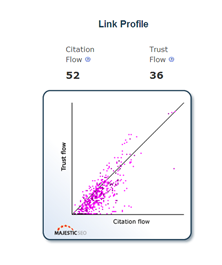
We did the initial 2D profiles by plotting all the external domains linking into a website. Every website has a Trust Flow and Citation Flow of between 0 and 100, so every site has a spot on a 101 X 101 grid. Of course, many sites can have the same values, so we previously represented this by darkness of colour. Now with the advent of 3D printers, we can take a link profile off the screen and into the real world.
If you are lucky enough to own a 3D printer, you can get the program free at the end of this blog post. Here’s the wire-frame of our own site, Majestic.com, which we have also uploaded to YouTube to show you how the model can be visualized ready for a 3D printer file.
Turning Maths into 3D Art
A website does not exist until you look at it… and then it can exist in many places at once. Who said link Heisenberg’s uncertainty principal was hard to visualize? Turns out it’s not only possible, but really quite beautiful. All we needed to do was print it, so now we can touch it, feel it, play with it.
We can add color and texture. Here are three of our favorite Majestic Landscapes – which each bear a striking resemblance to places you may have seen in real life. Is it me, or do other people see the Grand Canyon here? Truly Majestic.
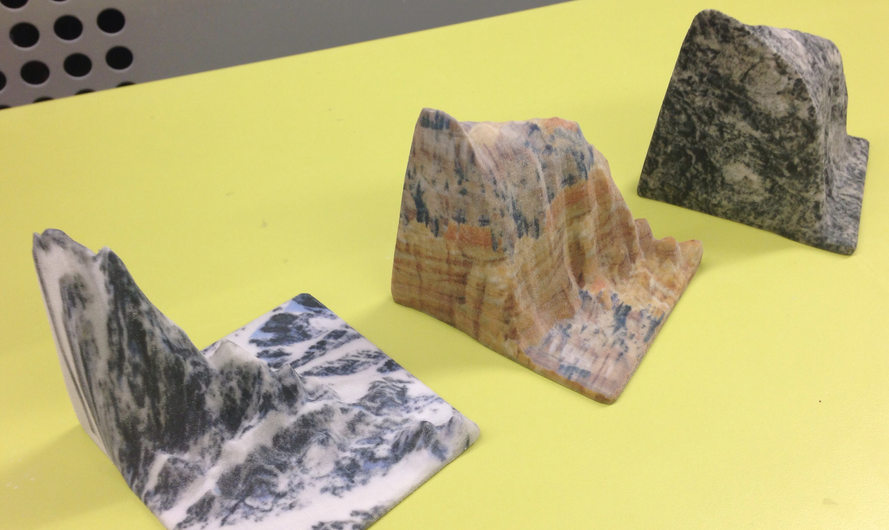
As Seen on Forbes
These models have also just been featured on a Forbes article about the artist, Brendan Dawes.
Build Your own

We like these so much, we decided to package a few up for our friends… this one is heading off to Switzerland where we hope it is loved.
They do take a while to print, so they are a little too exclusive to print for everyone, so we are giving away the 3D software that we have built to make these to anyone that signs up to our Majestic Insights. Majestic Insights is an occasional mailing which we only content when we have a something genuinely new to share – a thought leadership insight or new data never seen before.
Get the 3D software program for free here. If anyone prints one – show us the picture.
- How Important will Backlinks be in 2023? - February 20, 2023
- What is in a Link? - October 25, 2022
- An Interview with… Ash Nallawalla - August 23, 2022







Hi, I filled out the form but all I got was this error message after sending it.
Error 404 – Page Not Found
Sorry, but the page you requested has not been found.
https://blog.majestic.comYou can go back to our homepage or search for something:
February 25, 2015 at 11:00 amThanks – looking at this now…
February 25, 2015 at 11:18 amAnd should be fixed..
February 26, 2015 at 1:59 pmWhat a great way of visualising data. I suppose my question is: currently the graphs used are in 2-D, if they were in 3-D how much more information would we get from these graphs?
February 26, 2015 at 1:54 pm